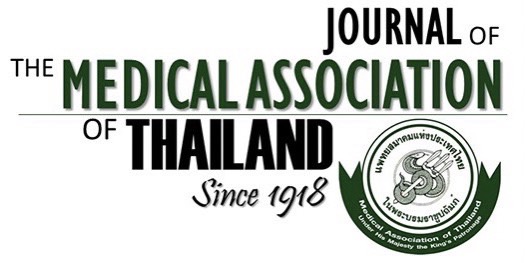Efficacy and Treatment-Related Complications of Low-Dose Versus Moderate-Dose Cyclophosphamide in the NIH Protocol in Initial Therapy of Proliferative Lupus Nephritis: A Retrospective Cohort Study
Poom Nithiaphinyasakul, MD1, Wijittra Chotmongkol, MD2, Siraphop Suwannaroj, MD3, Pantipa Tonsawan, MD4
Affiliation : 1Department of Medicine, Faculty of Medicine, Khon Kaen University, Khon Kaen, Thailand, 2Center of Excellence in Kidney Diseases, Srinagarind Hospital, Faculty of Medicine, Khon Kaen University, Khon Kaen, Thailand, 3Division of Rheumatology, Department of Medicine, Faculty of Medicine, Khon Kaen University, Khon Kaen, Thailand, 4Division of Nephrology, Department of Medicine, Faculty of Medicine, Khon Kaen University, Khon Kaen, Thailand
Background: The National Institute of Health (NIH) regimen is established as the standard of care for induction therapy in cases of proliferative lupus nephritis (pLN). However, due to the variability of doses utilized in intravenous cyclophosphamide (CYC) treatment, ranging from 0.5 to 1 g/m2, the differences between low and moderate doses of CYC in the NIH regimen have not been thoroughly examined.
Objection: The authors aimed to assess and compare the renal outcomes associated with low-dose and moderate-dose in the NIH regimen for the induction treatment of pLN.
Materials and Methods: A historical cohort study was conducted involving adult patients diagnosed with systemic lupus erythematosus with pLN, who underwent treatment according to the NIH regimen and were monitored for a minimum one year, from January 2015 to June 2021. Treatments were classified into two groups; (1) L-CYC with doses between 0.5 to 0.6 g/m2; and (2) M-CYC, with dose of 0.6 to 0.75 g m2. Renal outcomes were compared between treatment groups, including rate of remission (complete and partial), time to remission, and complications.
Results: In the present study, 83 patients were included, 43 receiving L-CYC and 40 receiving M-CYC, with respective average doses of 0.52 g/m2 and 0.69 g/m2. At 12 months, there was no difference in renal remission rate between the two groups (90% in L-CYC vs. 92.5% in M CYC, p=0.087). However, the time to remission in the M-CYC group was slightly shorter compared to the L-CYC group (6.5 vs. 7.3 months, p=0.19). Additionally, complication rates were found to be similar in both groups.
Conclusion: The efficacy of induction treatment for pLN with both L-CYC and M-CYC was comparable at one year. However, M-CYC may be considered the preferred initial therapy for pLN, as it was associated with a shorter time to remission without any difference in treatment-related complication rates.
Keywords : Cyclophosphamide; Lupus nephritis; Remission rate; Complication; Systemic lupus erythematosus



